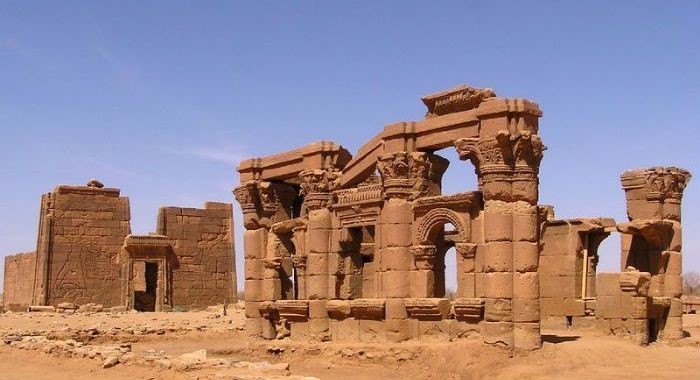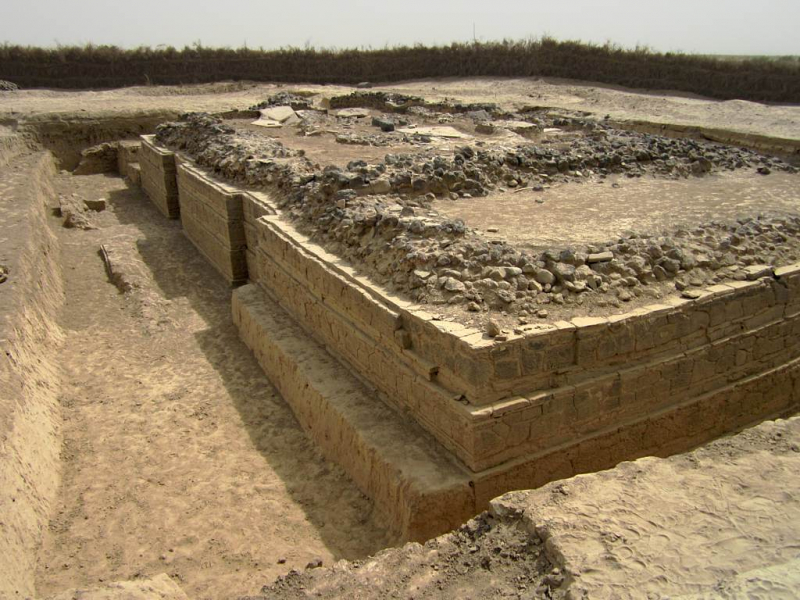Adulis Archaeological Site
Adulis was formerly the Aksumite empire's principal port, and there are still a few remarkable architectural artifacts from that era. The foundation of a great Byzantine basilica from the fifth century is particularly noteworthy. Archaeological excavations at Adulis (which began in 1840!) are still underway, but progress is slow for a month or two each summer.
According to local Saho tribal folklore, the name 'Adulis' comes from the words 'white water,' a nod to the settlement's proximity to the Red Sea and its Aksumite-era prosperity as a key port and commerce link between the Roman empire and India. Apart from the basilica, most of the ruins are still buried, so a fair dose of imagination is required to get the most out of a visit. All of the objects collected from the site are now stored in museums in Asmara and Ethiopia, but the search for a massive ceramic dump southeast of a large warren of excavated walls whose original use is still unknown.
From the mainland side of the causeway at Massawa to the settlement of Faro, which is the final place to get water or food, it's around 50 kilometers. Follow the roadway from Faro until it reaches the river, then turn left into the desert on a very difficult and poorly defined desert road. A few kilometers south of the Adulis site, Zula village is home to typical Tigre ethnic group residences and a 150-year-old Ottoman-built well. On your journey to or from the ruins, it's worth dropping by.
Location: Zula,Eritrean







